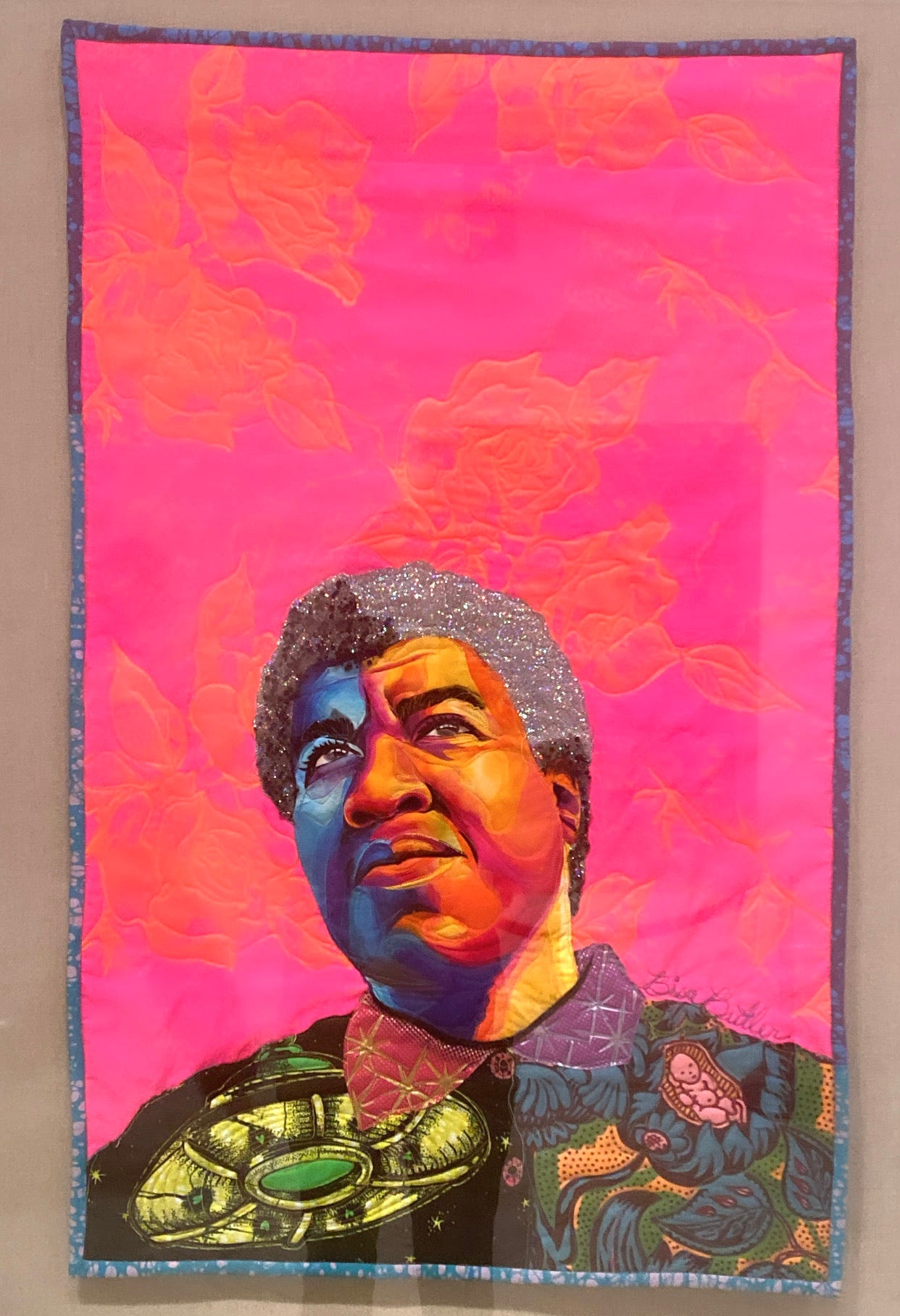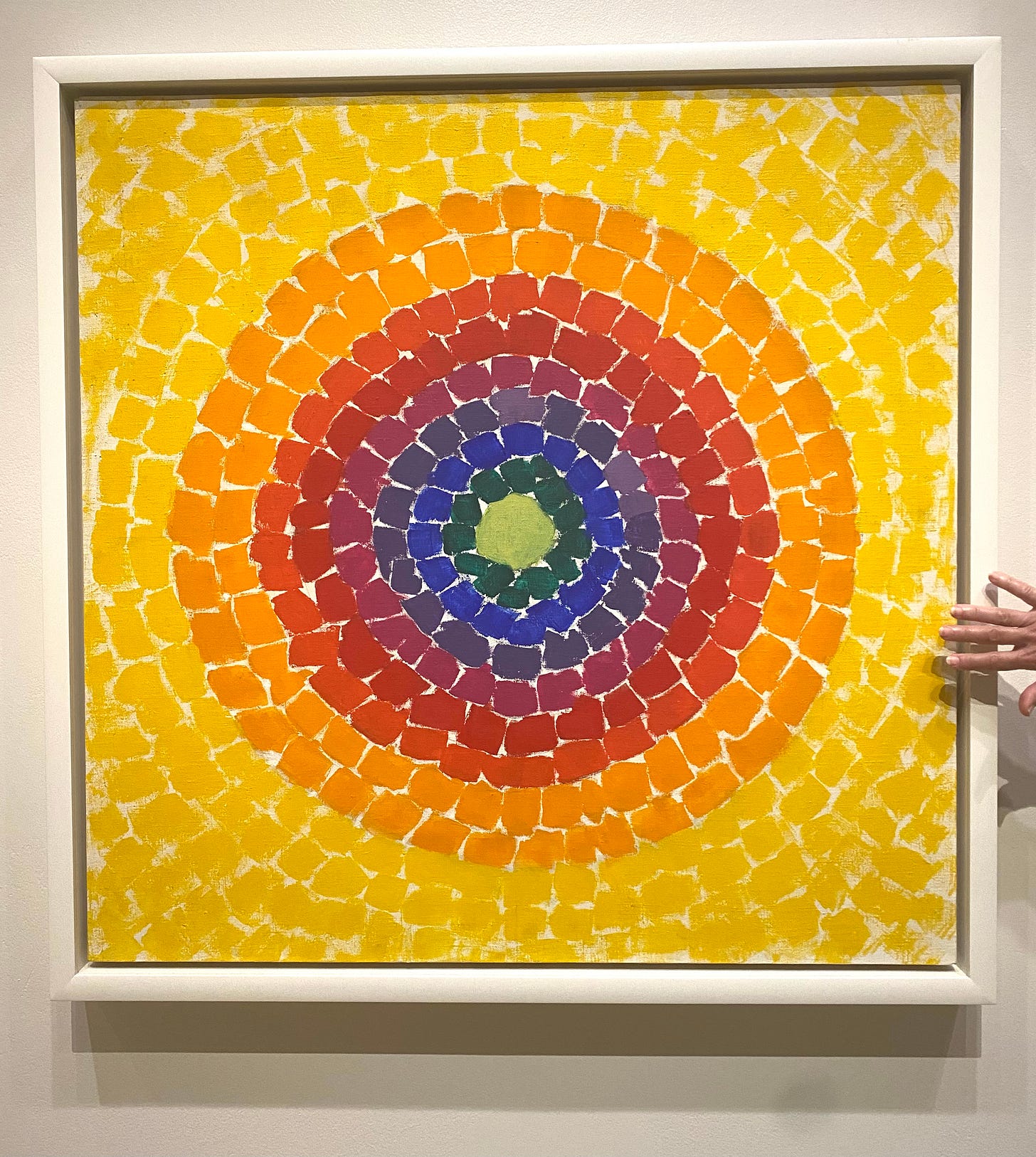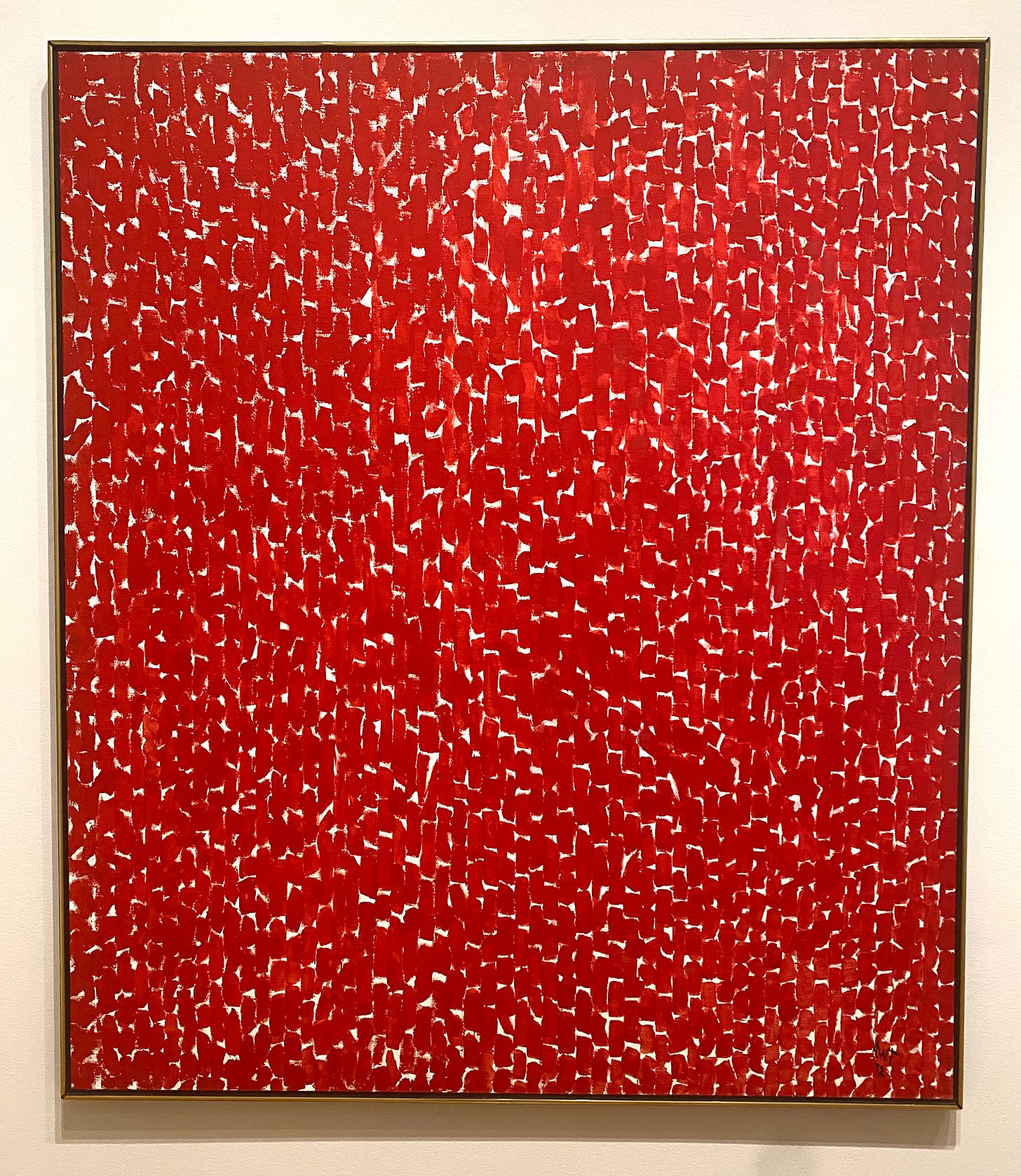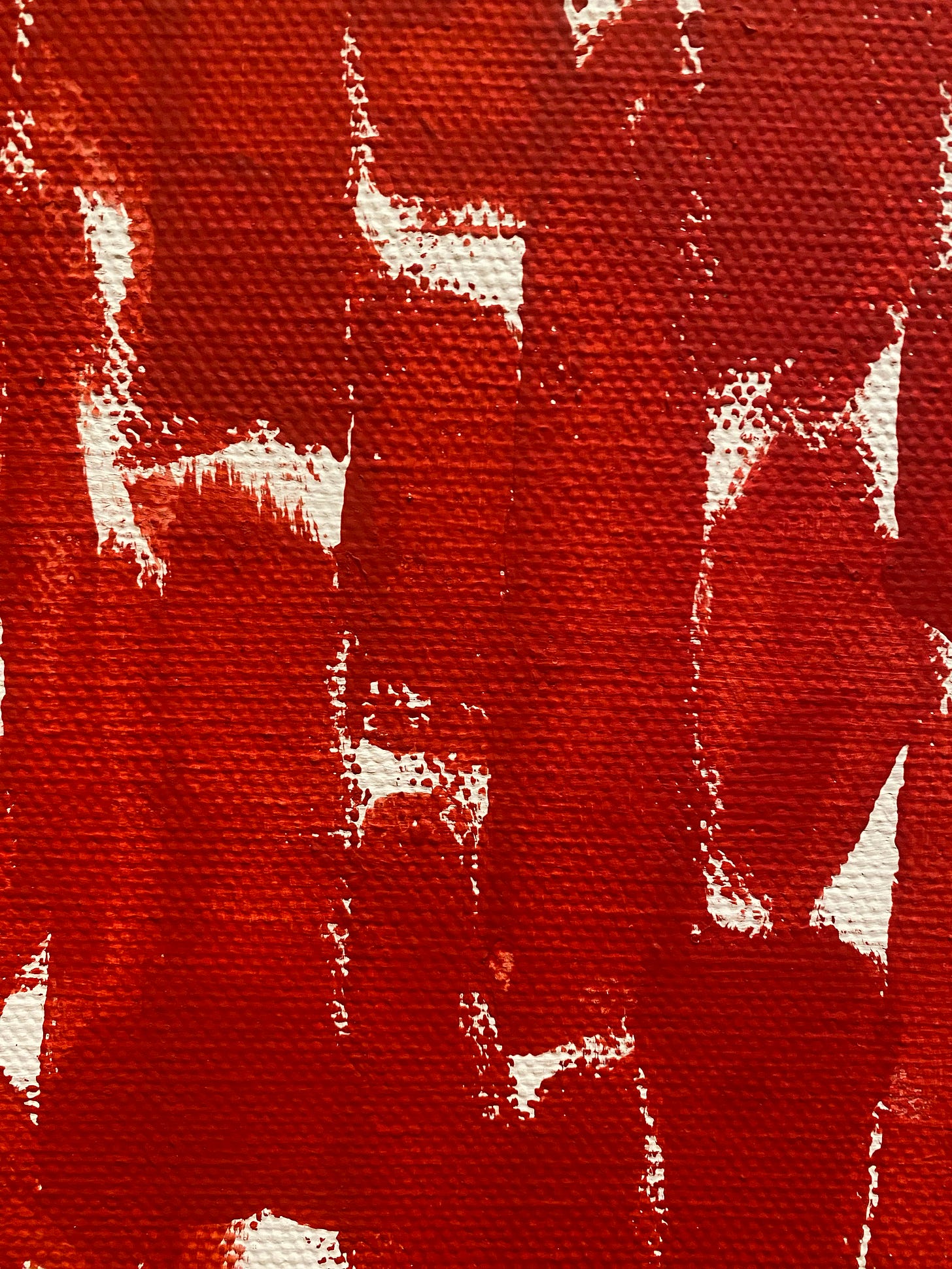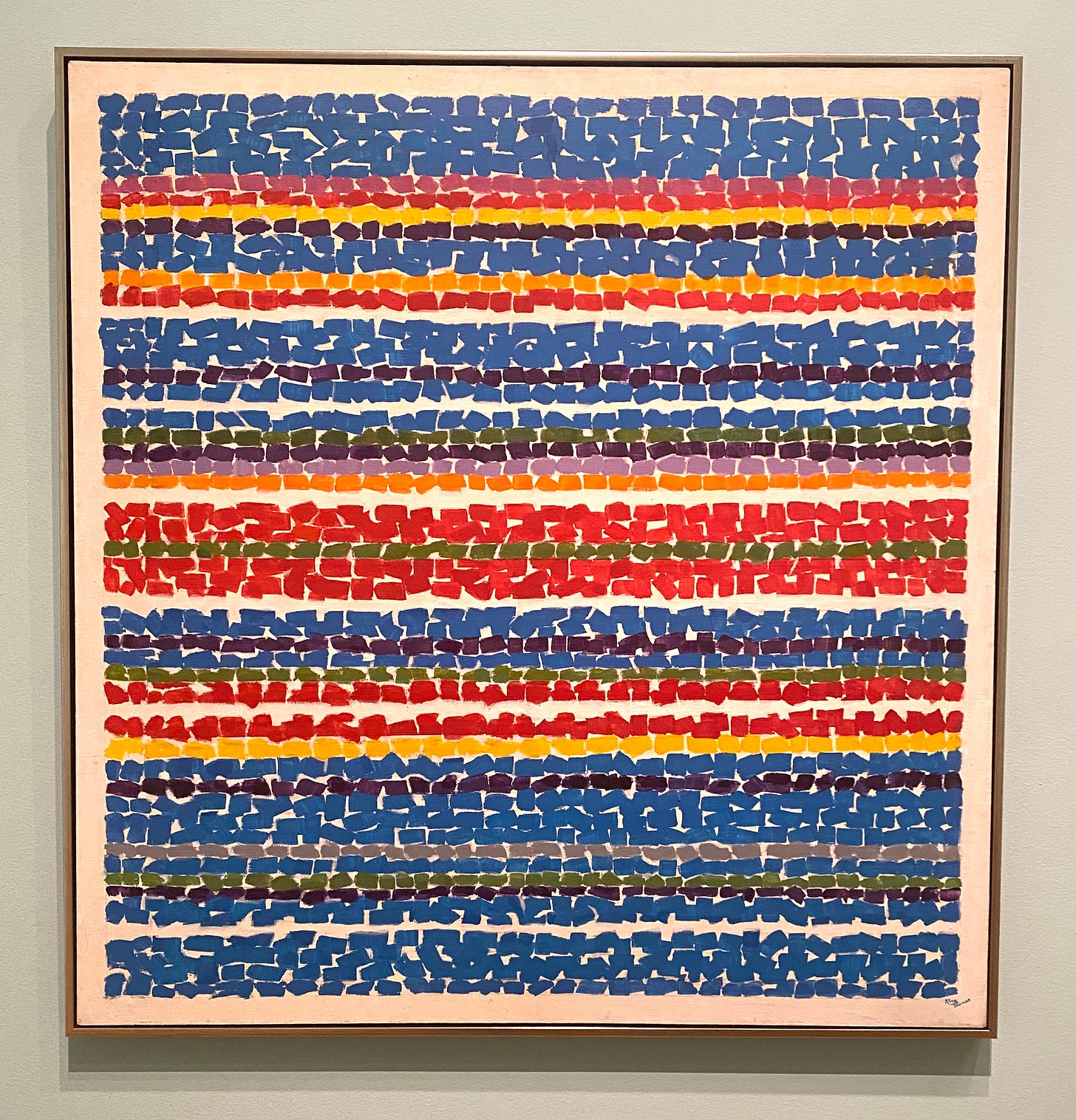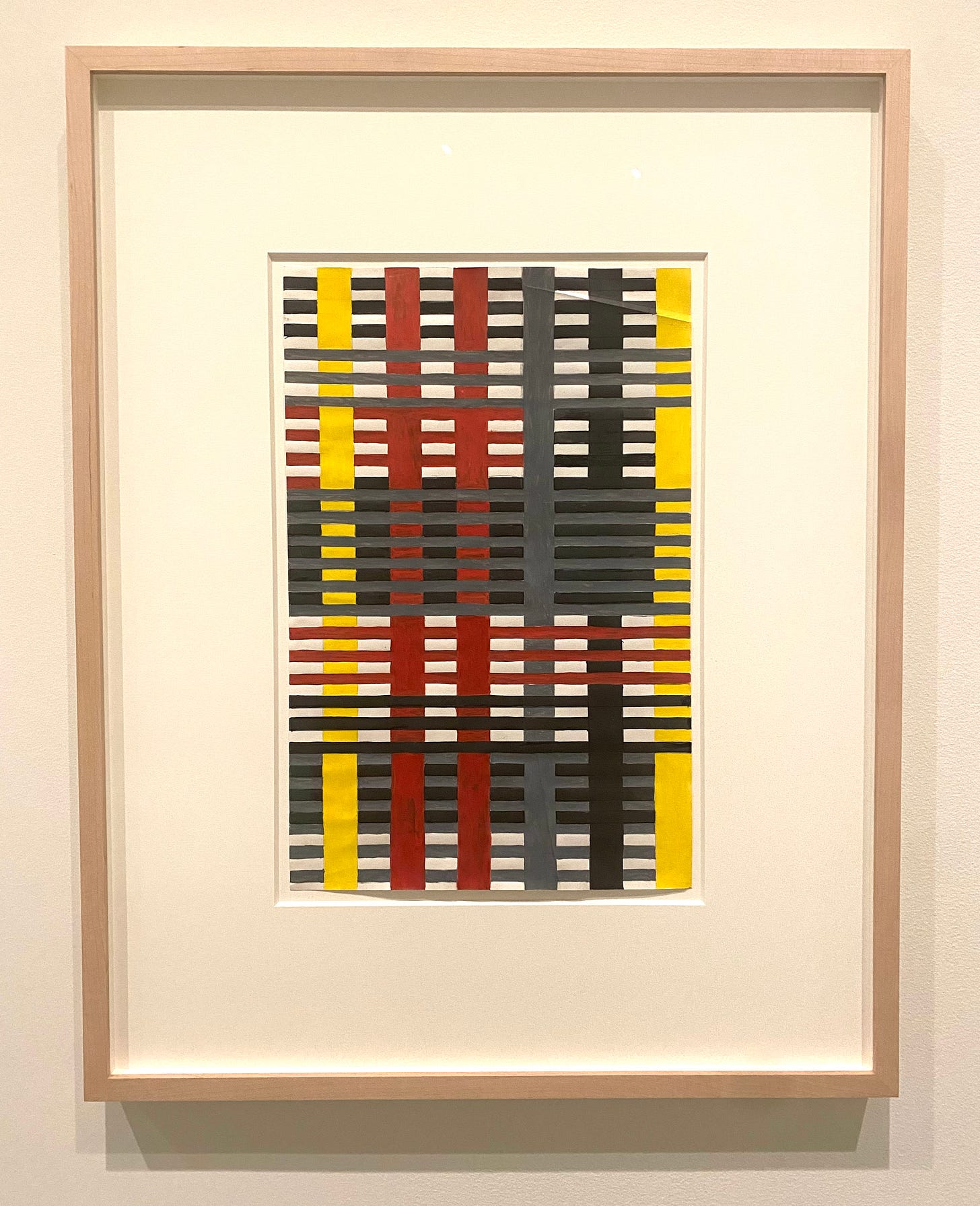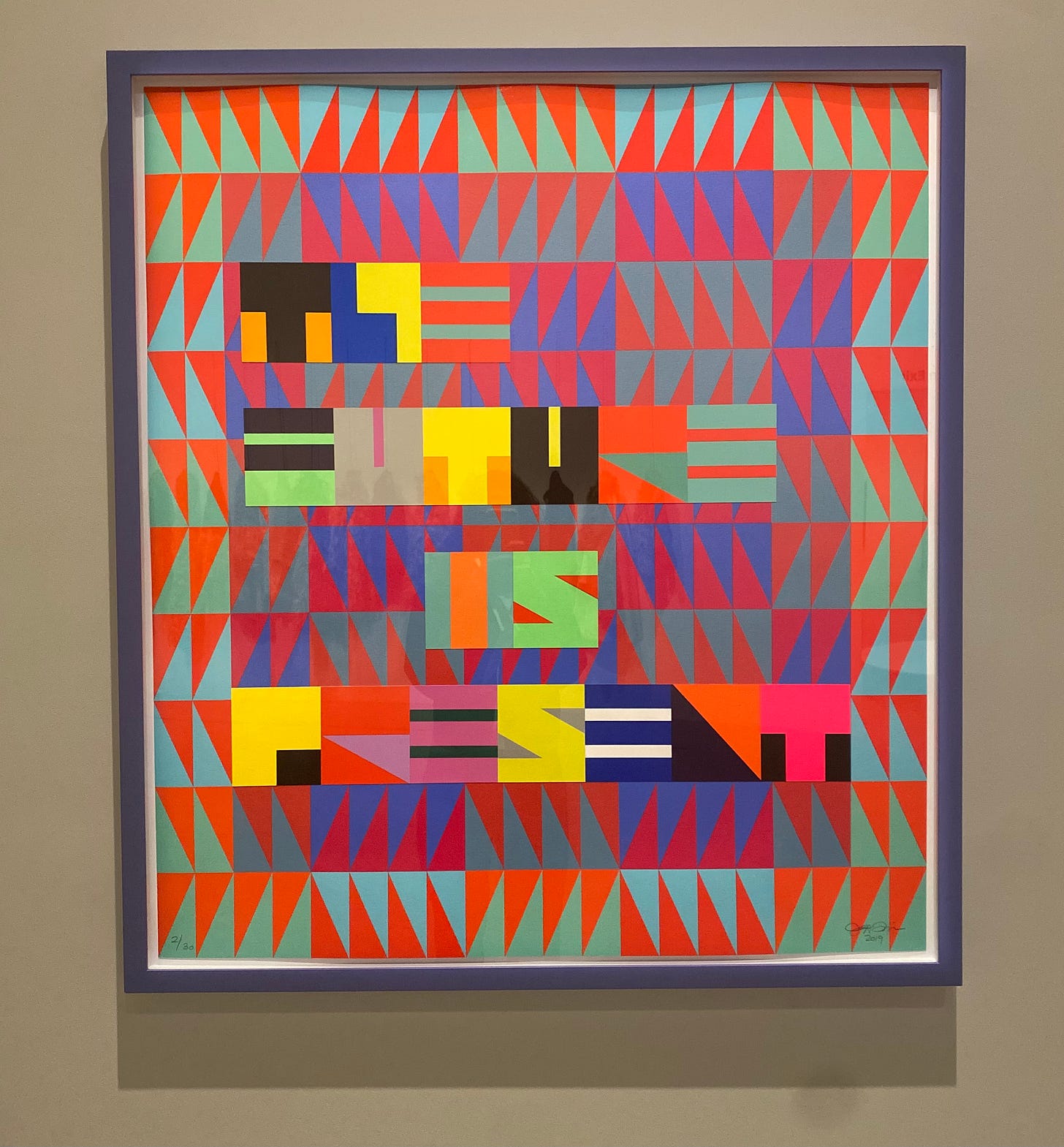What I Saw in DC (and more!)
Highlights from Looking at Art in DC, an assignment inspired by a mosaic, plus a big announcement about a fun thing for DrawTogether members. :)
Helllloooo GUT friends.
Some fun news to share! I was in Washington DC all week, deep in the collection of the National Gallery of Art as the (first, I think?) NGA’s Storyteller in Residence. Essentially that means I got to delve into their archives and drawers and stacks and vaults and ask their curators and conservators all the questions I wanted. (Hours, people. I made them each talk to me for hours.) In an upcoming special series of DrawTogether GUT dispatches, I’ll share what I learned with you.
Bonkers, right? Did you ever imagine when we started this adventure that we’d end up partnering with the gosh darn National Gallery of Art? Another great example of “Keeping making art and putting it out there = opportunities to make more art, often in the most awesome unexpected places.”
So ready your pens and pencils and scissors and paints, friends: later this Summer the DrawTogether GUT is collaborating with the National Gallery of Art.
The Importance of Looking at Other Peoples Art
While I was busy at the NGA in DC, I was able to squeeze in a little art looking time. I mean, come on. DC museums are free. (Can you imagine how it would change our relationship to art if all museums were free?)
I have written here before about the importance of looking at art as often as possible. Whether it be in person (at a museum, gallery, dance, concert, etc) or by sitting down and dedicating time to pour through artists monographs or catalogs of artwork at home or in a bookstore (used bookstore art sections are hallowed ground!) making time to fill our cups with inspiration is a MUST for any creative soul. What we put in = what we get out.
Input = Output.
So this week I’m sharing with you a little of what I saw in DC. I hope that it inspires you to head out and do some looking of your own. For GUT members, I’m bringing back an assignment inspired by a drawing I saw at a Diego Rivera show at SFMOMA a couple years back. It ties pretty closely into some of the Alma Thomas work I’m about to share with you from the National Portrait Gallery, and the Jeffrey Gibson work at the NGA.
Okay, ready for some inspiring input?
Let’s look at some art.
Art Eyes ON
Butler by Butler!
This quilt by Bisa Butler of Octavia Butler was recently acquired by the National Portrait Gallery, thank goodness. Hooray, Bisa! Listen to a DrawTogether podcast we made for kids (of all ages) about Bisa’s quilts here.
Ruth Asawa’s life masks
I’ve introduced you to a lot of Ruth Asawa’s work here on DrawTogether, too. But I don’t think I’ve ever mentioned her life masks. It was a delight to see three of them hanging in the National Portrait Gallery.
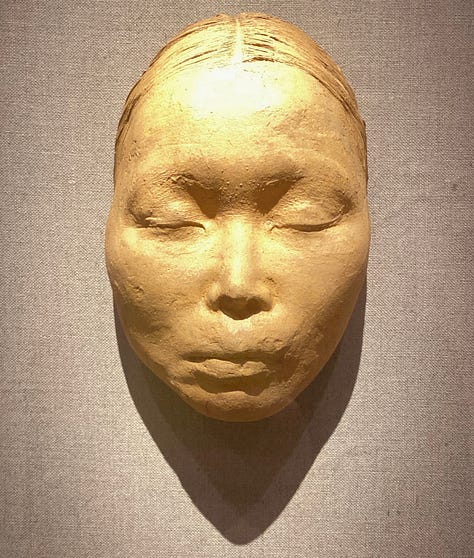
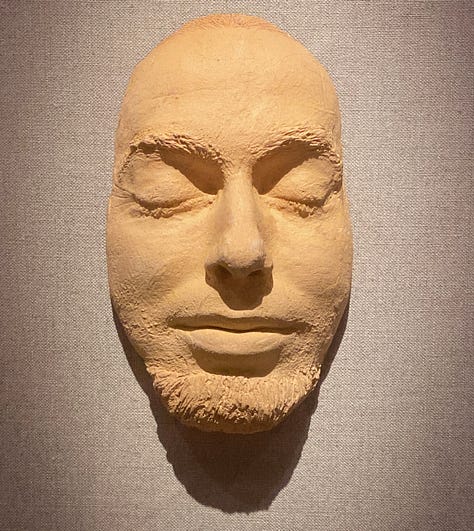
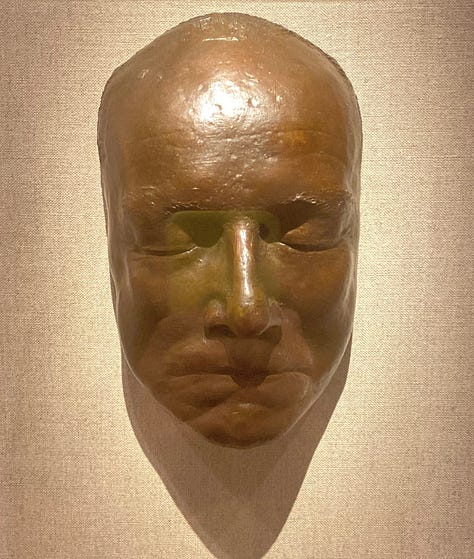
Ruth is most known for her elaborate wire sculptures and meditative drawings (and her inspiring activism and work as an educator) but a lesser known - and no less phenomenal - body of work is her life masks.
Ruth and her husband’s home in SF’s Noe Valley in SF was a social epicenter for artists, writers and thinkers of the time. For more than 30 years, Ruth made life masks - at the school where she taught, and in her own home. She would make life masks of their visitors and family members who came over, and hung a total of 233 the masks on the outside of their home. “She created more than 400 individual masks in her lifetime and often produced duplicates so she could keep one and give one to the sitter.”1
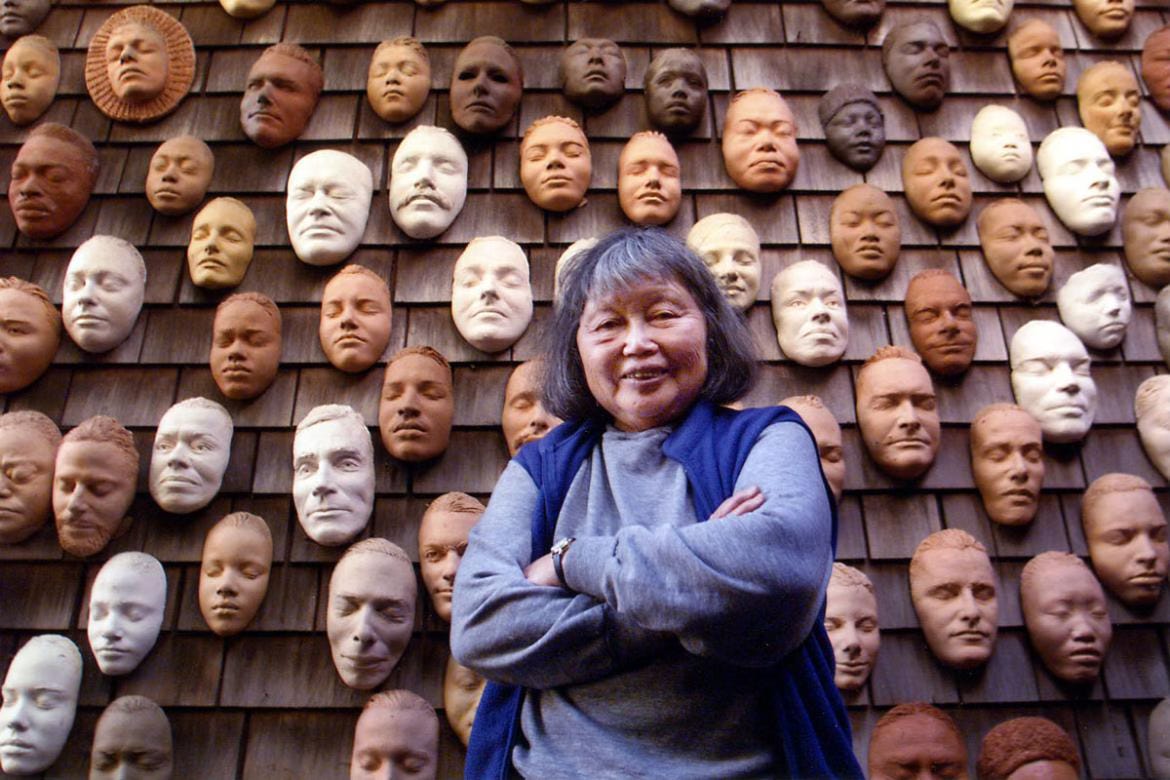
Fair warning to friends: this makes me want to start casting peoples faces when they come to visit me, too. Hope you don’t mind a little vaseline on the face. ;)
Alma Thomas
There is a fantastic installation of DC artist and educators Alma Thomas’ vibrant paintings at the NPG. While we have gone deep on her work before, I don’t think I’ve gotten you up close and personal to her colorful paintings. So grabbed some details for you, so you can get a sense not only of what they LOOK like, but what they FEEL like. (Something I think we can only experience when we are in the room with an artwork.)
Here is one of her more well known paintings with a hand for scale:
It is BIG.
Here’s another large painting, and a close up of the brush strokes so you can get a sense of Thomas’ technique and where that vibrating rhythm we feel in paintings come from. Her strokes are so practiced and deliberate, and also so loose and free. They feel alive.
Here’s one more example of a painting of hers that is basically a dance on canvas.
And here is a close-up. It’s like she created a new written language of brushstrokes that spell out a joyful, loving, irreverent life packed full of birdsong. Pure energy. Pure beauty.
Anni Albers
Over in the National Gallery of Art there is a phenomenal show on view right now titled Woven Histories, an exhibit of 160 pieces of textiles that explores weaving as art.
Here’s one example of a drawing/weaving from artist Anni Albers:
This wonderful little drawing relates to our assignment this week, with its grid and color and form. This piece, a gouache and pencil drawing made in 1924, is a design for a wall hanging Anni Albers never made. (Love this idea of making a wall hanging that will never be made. Keep this in mind for our assignment this week.)
Allan Shields
Oh my gosh this wall hanging by Allan Shields. It’s made of canvas belting and acrylic paint and threads of beads woven throughout.
I love it for so many reasons. It reminds of a stretcher bars of a canvas, like he’s showing us the construction of a woven piece, not just the finished product. He’s also mixing old and new materials, both carrying a lot of meaning. The organic beads interrupt the grid of the machine made canvas material. And then he’s gone and painted it with vibrant colors, and hung it away from the wall, so it creates layers of shadows and lines and form. Here’s a closeup:
So cool, right? Think about the elements of drawing we’ve discussed her so often, and how they are being applied to this three dimensional artwork. Is it a sculpture? Is it a textile? It is a drawing? Is it a painting? Something else? What do you think?
Okay, one last one.
Jeffery Gibson
This is also great inspiration for today’s assignment.
The work below is a print by the indigenous, queer artist Jeffrey Gibson, who is representing the USA at the Venice Biennial this year, making him the first Native American representing the USA in this forum. Finally.
Gibson’s work literally and figuratively weaves the past and present together into a colorful, celebratory, joyful, radically inclusive and hopeful vision of the future.
The piece above, “The Future is Present” is an inkjet print that Jeffrey Gibson cut-and-pasted printed paper onto. One can assume the print is based on a painting done maybe with gouache? In any case, it uses a grid to create an image you can read up close or far away, and uses color to achieve its visual goal. Kind of like Anni’s work above. Look at how he uses a grid to create a pattern, and uses vibrant colors to make the whole piece sing. Keep this in mind as we discuss our assignment this week….
Assignment: Grids & Graphs inspired by Diego Rivera
After that fun mini-tour of art in DC, let’s turn our attention towards an inspiring piece of work I saw in SF at a Diego Rivera show a couple years ago…



